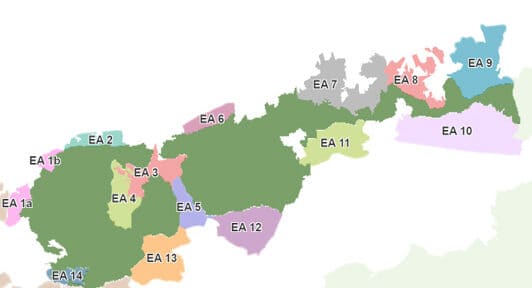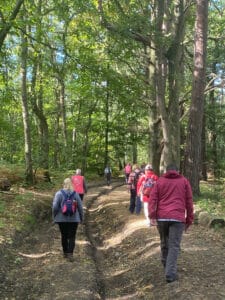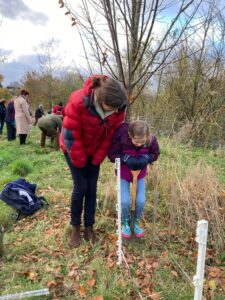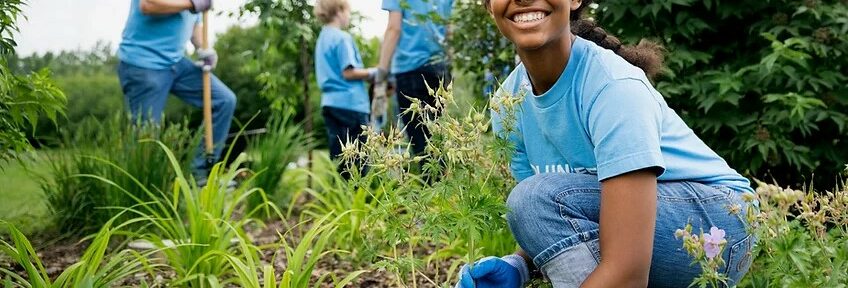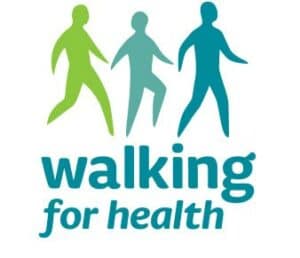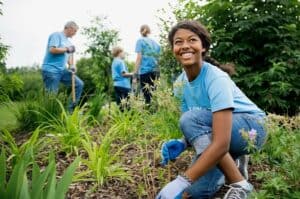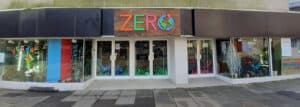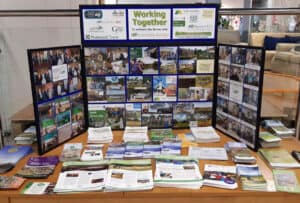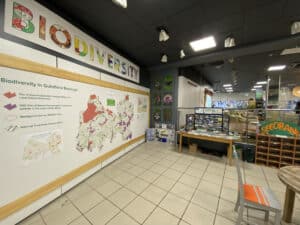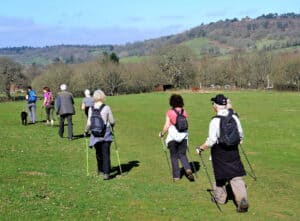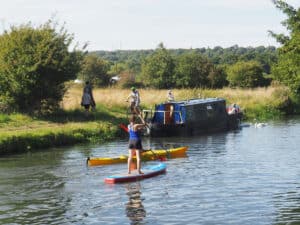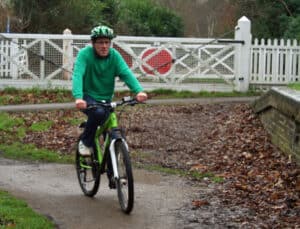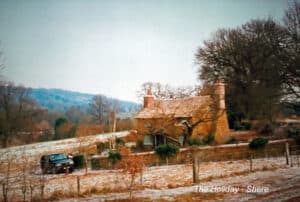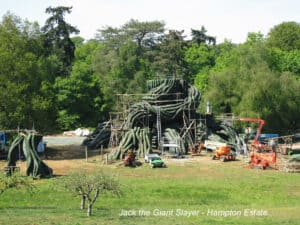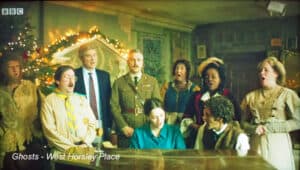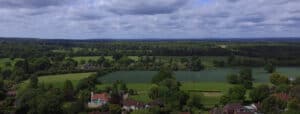
In 2021, Natural England finally agreed to take on a review of the boundaries of the Surrey Hills AONB. For many years there had been talk of the need for a review – indeed the discussion was already ongoing when the Surrey Hills Society was established back in 2008! Our Surrey Hills AONB was only the second to be created and the boundaries which were agreed then were subject to significant debate amongst local councils and other influential bodies. Some excluded areas were subsequently given a degree of protection as Areas of Great Landscape Value (AGLV) but should probably have been included in the original designation.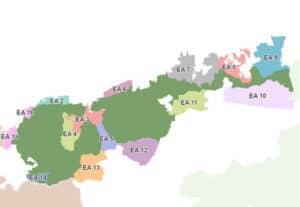
This current review aims to redefine the boundaries by including areas which adjoined the 1958 boundaries but which can be shown to have equivalent (or indeed greater) landscape value that the already included parts. The map on the Surrey Hills AONB Boundary Review website highlights where these ‘Evaluation Areas’ are located.
It has been stated that this is a “once in a generation opportunity” for the boundaries to be reviewed and relocated. It is, therefore, very important that those who know the area best – residents such as yourselves with an interest in the Surrey Hills plus local councils, countryside organisations and charities or others with local knowledge – all play their part in providing the information required to make this review robust.
The review is ‘data driven’. Natural England has appointed consultants to undertake the data gathering and the emphasis is on ‘facts not emotions’. It is important that all the decisions taken can be justified on the basis of what makes the particular area a ‘special landscape’. The fact of it being ‘nice’ or ‘well used’ is not sufficient. The clue is in the title – Areas of Outstanding Natural Beauty – although there is an acknowledgement that all our landscapes are the result of human intervention over many centuries.
So, if you are able to use your local knowledge to highlight features, history, wildlife, biodiversity and all those other elements which add up to the term “outstanding”, then you should be contributing to the review by completing the “Call for Evidence” form on the review website. This stage of the process appears to be placing significant emphasis on the provision of photographs to support the written evidence so it is worth digging out pictures which you may have taken in recent times (few places look at their best on a grey winters day!).
Make sure that your local parish council or conservation charity is also getting involved and playing its part. Many already are but with the deadline for responses being at the end of January, it is worth checking that the Christmas or Covid disruptions haven’t caused them to miss the tight timelines for discussing and responding to the review.
The outcomes of this review will impact the Surrey Hills for many decades and will influence the degree of protection or development across the entire area. Remember that once land is defined as outside a ‘protected’ designation, it is far more vulnerable and once it has gone, it has gone forever. So don’t just think ‘it’s someone else’s problem’. Get involved and help to conserve the Surrey Hills and surrounding areas for future generations.

